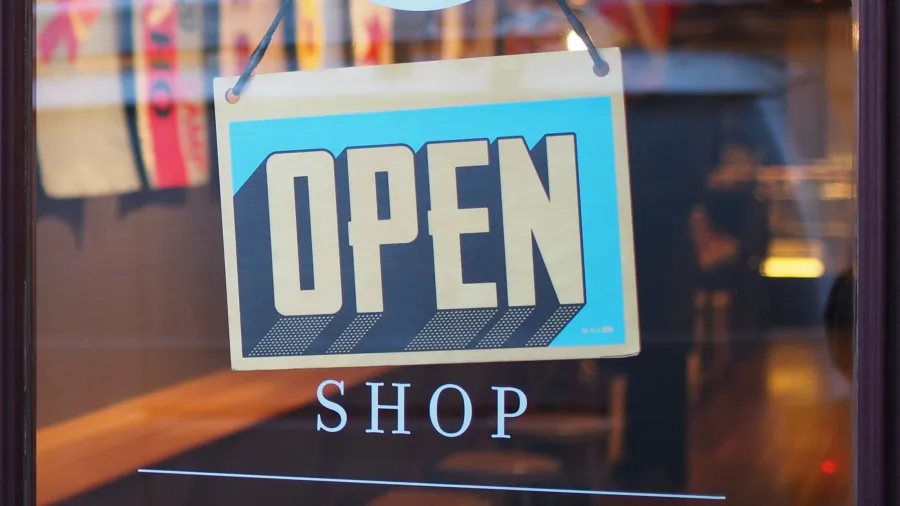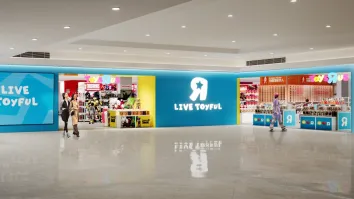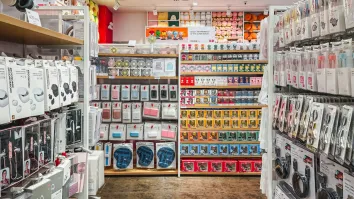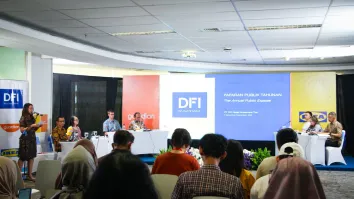
Three ways retailers can serve ‘budgeteers’
A budgeteer is someone who is not willing to spend more than necessary.
With inflationary pressures as a top concern, retailers are faced with a new challenge to adjust price strategies for customers who insist on value for money without sacrificing sustainability and quality. These consumers are called budgeteers, according to marketing firm Euromonitor International.
This type of customer is adopting a new spending behaviour called “sustainability by proxy,” which means choosing sustainable products that have minimal impact on the environment and opting for subscription-based models or repairing old items instead of buying new ones.
This trend is rapidly gaining popularity. Euromonitor identified in its study a gap between the majority of consumers (75%) not planning to increase spending and more than half of retailers (55%) looking to raise product price points to help their businesses survive.
Retailers, therefore, must meet budgeteers halfway. One way to do this is by giving a second life to a product that will help customers buy affordable items and be sustainable, according to Euromonitor International Research Consultant Sahiba Puri.
Rewards programmes
IKEA Thailand’s buyback and reselling service was developed in response to budgeteers’ behaviour. With millions of pre-owned furniture thrown in landfills, the furniture store is buying back used chairs, shelves, or chests of drawers from customers. In exchange for the used IKEA furniture, customers receive a gift card that allows them to buy new items in-store.
“In doing so, you're offering your brand's product at a more affordable price point so you're already catering to a bigger audience. Second, you're helping to extend the life of the product,” said Puri.
Ben Chien, AnyMind managing director in Greater China, said that sustainable supporters could advise people on how to keep preloved items last longer.
“There are affordable furniture stores that are very easy to build and use. But maybe their durability might not last as long. For example, some tables’ shelf life can last 20 years,'' Chien, who oversees AnyMind’s Hong Kong, Taiwan, and Mainland China operations, told Singapore Business Review.
Chien also suggested that brands can create a pre-owned programme that promotes second-hand products. One example is IKEA Singapore’s partnership with Carousell in April 2022, which extends the shelf life of its products through secondhand transactions or free-cycling on the Carousell marketplace. Customers then receive Carousell Protection vouchers or IKEA Family points.
As of 31 December 2022, an IKEA Singapore spokesperson told Singapore Business Review that over 6,754 IKEA family members and Carousell users participated in the rewards programme. IKEA furniture transactions grew by 30.5% since the programme began.
IKEA also said that buyers who might receive fake items or those unqualified for the listing can get a refund. The company aims to have 100% of all material sourced to be renewable or recycled by 2030.
Carousell, widely known as a secondhand marketplace, has been doing the preloved business since 2012. In 2021, it posted $49.5m in revenue and is focusing on being more profitable in the next three to four years.
Repairing and renting services
Consumers are also opting to repair their electronics instead of buying new ones, said Puri. In doing so, consumers may choose to rent or take subscription-based offers.
“This way, you're providing a level of flexibility to your consumer segment where they do not have to make a big ticket purchase or commit to a big ticket item,” said Puri.
“At the same time, they can use it regularly by paying a monthly subscription. They can still own this product for whatever amount of time they need,” added Puri.
One example is Bundlee, a baby clothes rental service in the UK. It offers subscription services to help parents rent baby clothes at a low price. Parents can save over US$319 (EUR300) whilst paying only US$41.60 (EUR39) for the Bundlee subscription services.
Bundlee’s business model reduces 86% of carbon emissions and 96% of water usage compared to getting a new one at the store.
Balanced portfolio
Puri said even though budgeteers are on a tight budget, businesses do not necessarily need to trade off profitability in exchange for offering sustainable or second-hand products. Businesses can tap preloved items to keep their businesses afloat whilst retaining their core products.
“It's about the portfolio of products that you offer and how you best decide on which portfolios need to be brand new versus where you can include second-hand products,” said Puri.
She also suggested tapping Buy Now, Pay Later, a growing payment scheme used for the underserved audience.
Chien said second-hand trade has existed for a long time but it has evolved due to the ease of selling a preloved item with just a snap of a photo and finding a community making the product more hip.
He added that the sustainability trend also came up, with younger generations driving up its popularity.
A 2022 Boston Consulting Group study found that the secondhand market is worth 3% to 5% of the overall apparel, footwear, and accessories sector. This could grow to as much as 40%.
Generation Z consumers are most likely to purchase (31%) and sell (44%) preloved items, followed by millennials.
As businesses scramble to address volatility in evolving consumer behaviour, those that can offer affordable and eco-friendly options will stand out from the pack.

















 Advertise
Advertise








